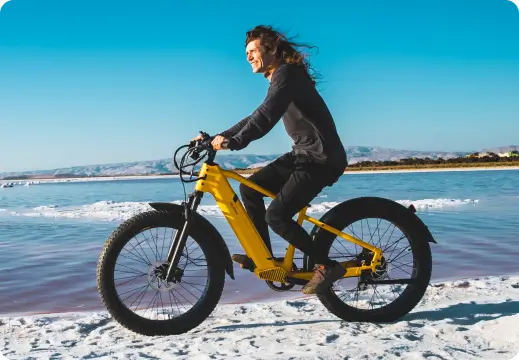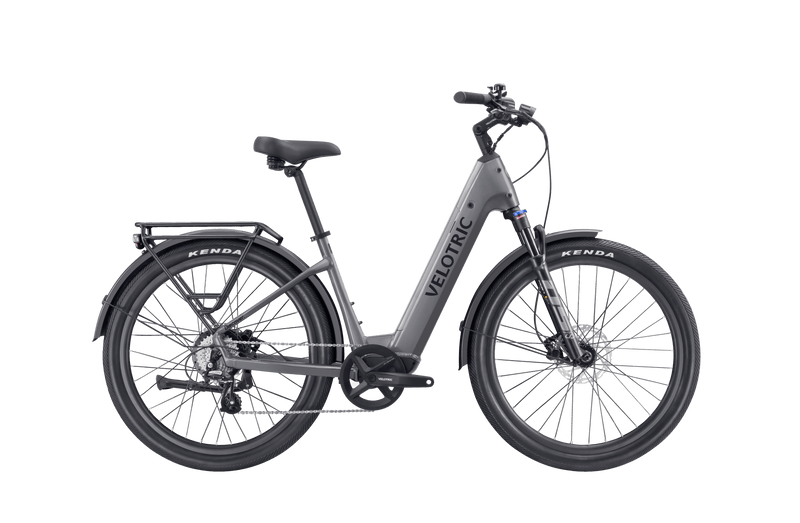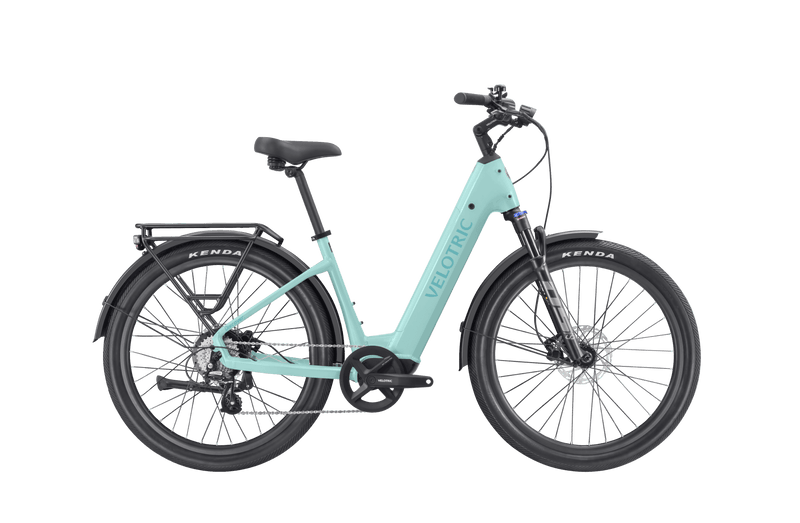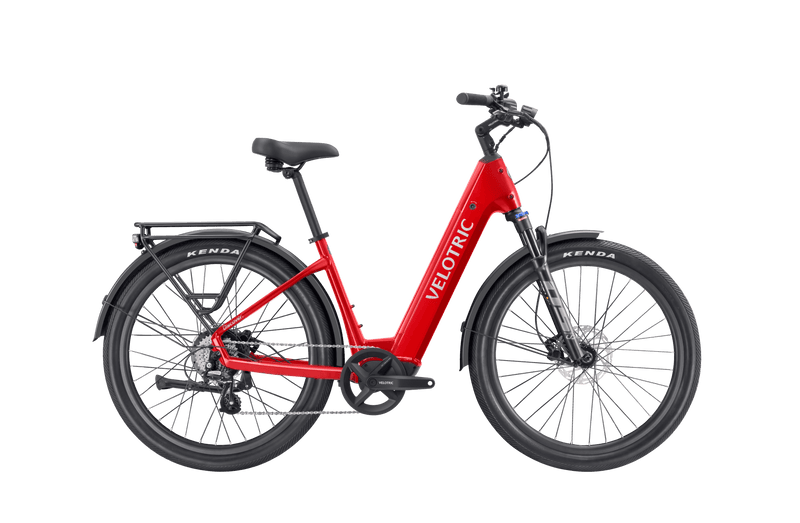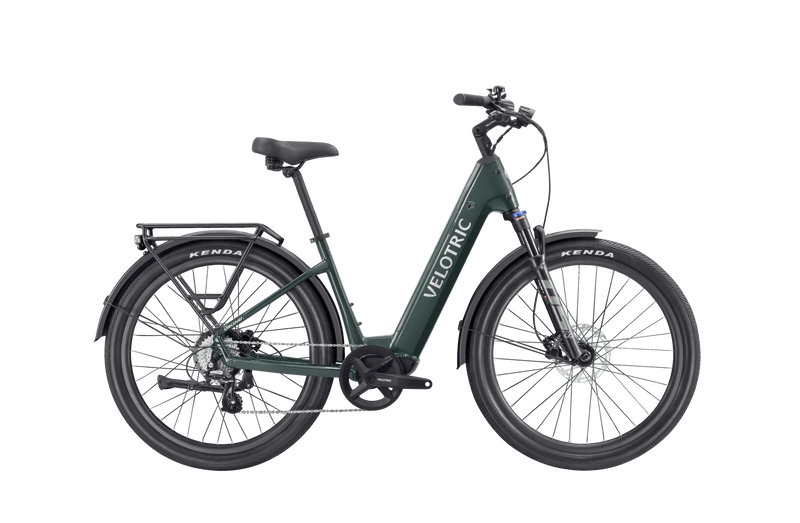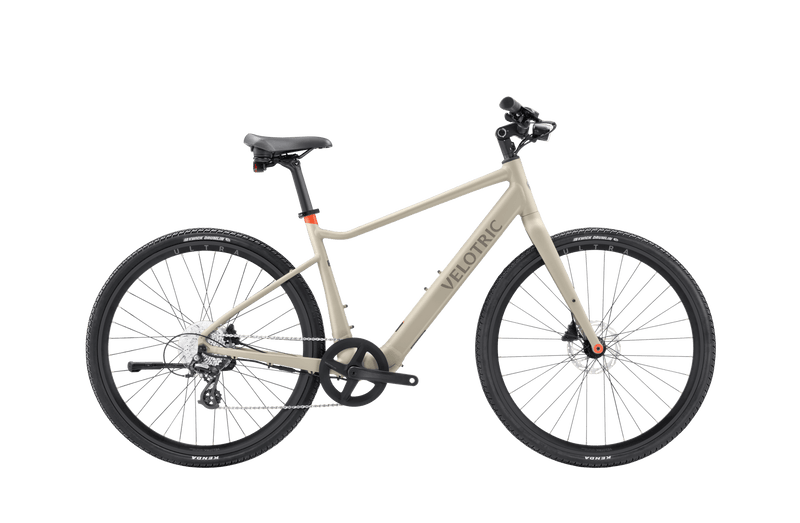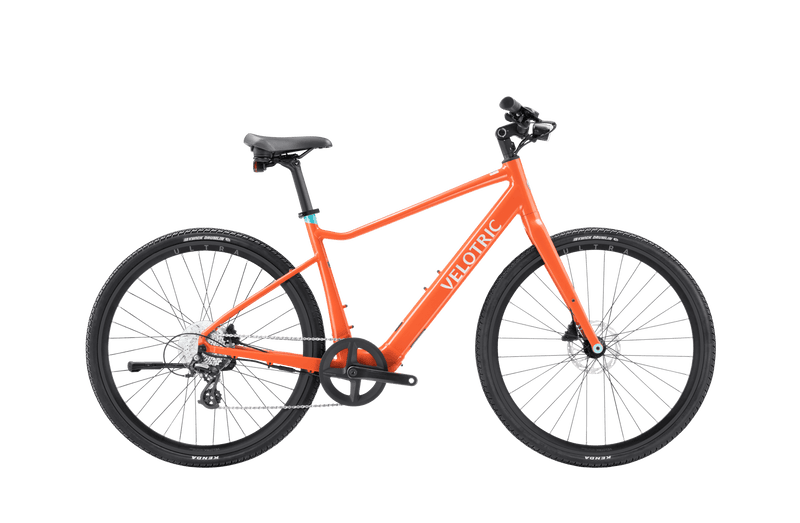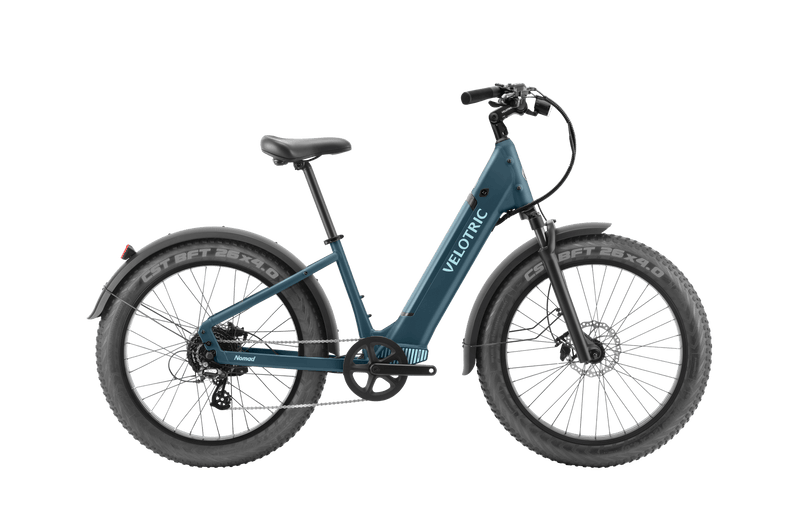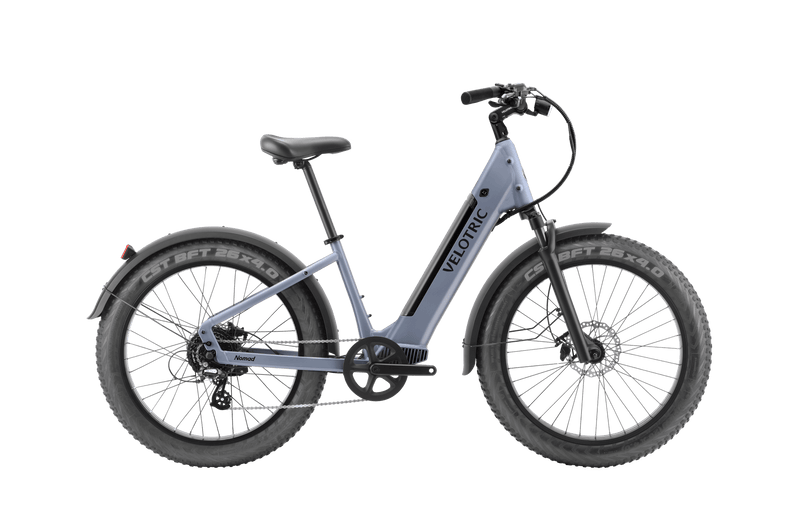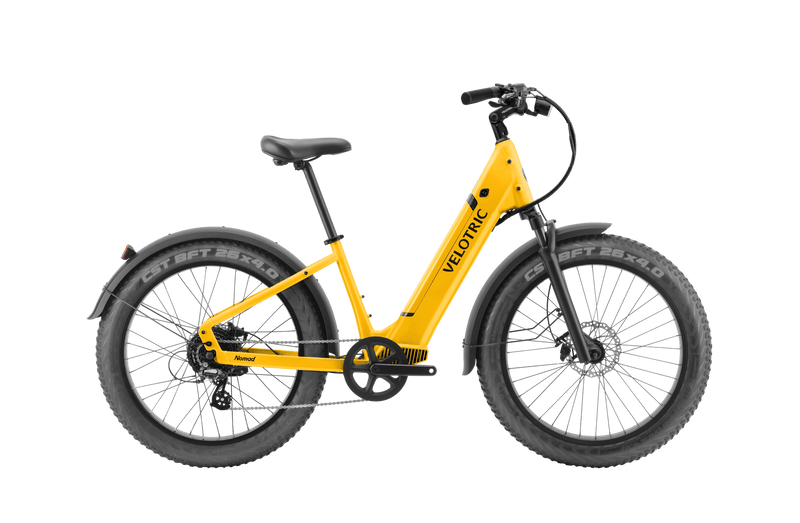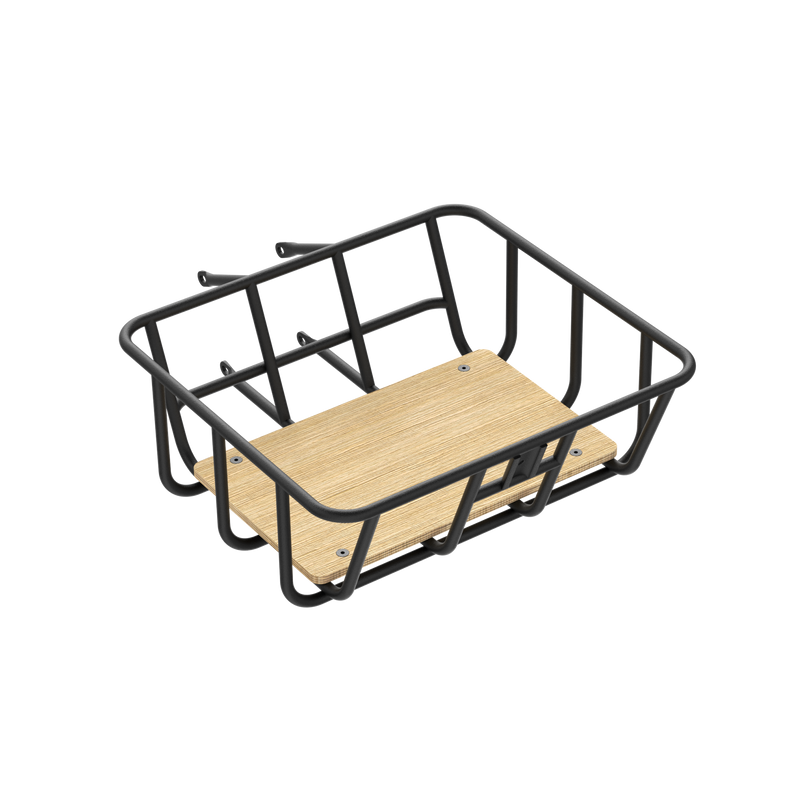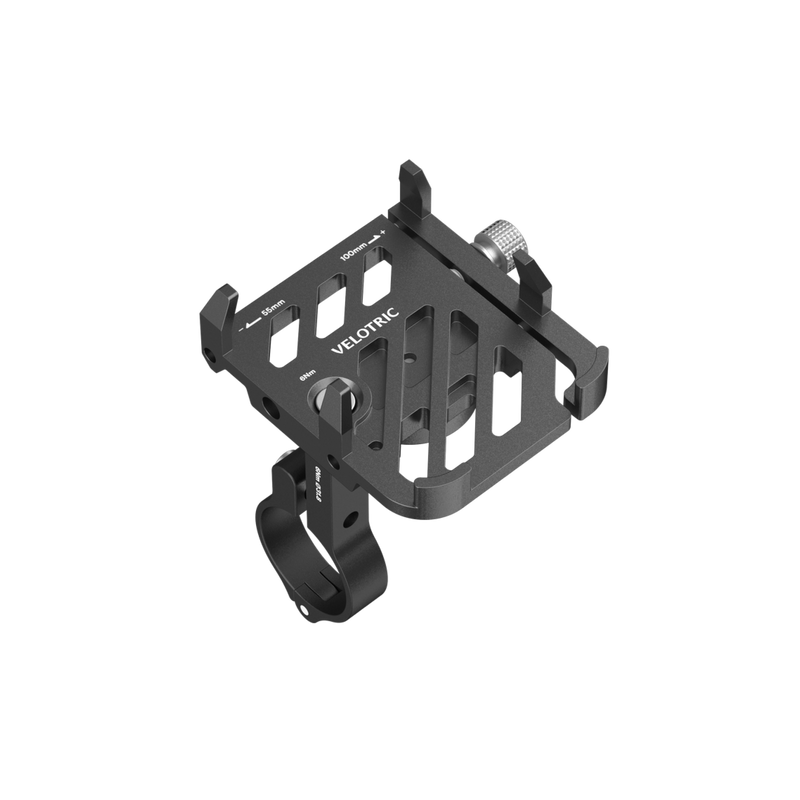It’s never too late to try something new.
If you’re thinking about getting an electric bicycle but are worried you’re “too old” for one, think again. Many seniors are opting for e-bikes as a convenient way to improve mobility (and get some exercise).
Here’s some more food for thought: While older generations aren’t generally associated with cutting-edge tech and innovation, research suggests seniors — not young people — have been early adopters of e-bikes.
Pretty cool, right? If you’re tempted to try an e-bike, you might have some questions, like:
Is it worth the investment?
Is it safe?
What should I look for in an e-bike?
We’ve got you covered. We explain some of the benefits of e-biking and address common safety concerns.
We’ll wrap up with a quick primer on e-bike buying and address some frequently asked questions about the topic. Let’s get to it.
Are e-bikes good for seniors?
There’s a reason seniors have been especially eager to try out e-bikes. Here are some of the advantages for older people:
Improve mobility. E-bikes have a small electric motor to help power them forward. As a result, e-biking doesn’t require as much effort (read: pedaling!). This makes e-bikes a great option for seniors who want to get out in the world but may not feel up to walking or cycling.Enhance accessibility. Thanks to their motors, e-bikes also make it easier to get up hills and other areas that might be hard to access on foot or by regular bike. Since it’s more compact than a car, an e-bike can also bring seniors to places that vehicles can’t directly access, like parks.
- Promote wellness. While e-bikes have motors to help power them, they still allow the rider to peddle. This physical activity can help seniors stay fit. In fact, cycling for 20 minutes three days per week promotes healthy aging.
How safe are e-bikes for seniors?
Before you start zipping around town on an e-bike, you want to ensure it’s safe. Since they have a motor, e-bikes can go faster than a regular bike.
Rest assured, an e-bike is a perfectly safe transportation option for seniors.
What’s more, e-bikes can offer low-impact exercise — great for protecting delicate joints that become worn with age (like knees).
Cycling is even considered appropriate for people with conditions like osteoarthritis.
Still, it’s important to follow common-sense safety tips when e-biking. You can avoid injury by following these best practices:
- Read your e-bike manual before use
- Practice in a low-traffic zone when you’re getting started
- Wear a helmet and visibility vest
- Install safety devices like a bell, headlight, and mirrors on your bike
- Maintain your bike (e.g., check the tire pressure regularly)
What does UL certification mean for e-bikes?
When you first start looking at e-bikes, you might see the phrase “UL certification” thrown around for some higher-end bikes. When you see this, know that you’re looking at a product which went above and beyond in ensuring the safety of the product.
What does it mean (and why does it matter)?
Underwriters Laboratories (UL) is one of the two Nationally Recognized Testing Laboratories (NRTL) in the United States. It is awarded to products like e-bikes that pass safety standards set by the safety oversight organization.
When it comes to e-bikes and e-bike batteries, UL certifications are not mandatory and are an additional cost that not many e-bike companies have adopted. Both the Velotric Discover 1 and Velotric Nomad 1 have batteries certified with UL 2271, which means the batteries have been especially tested to be resistant to impact, crushing, heat and flame, water, and UV light. Additionally, the Velotric Discover 1 is certified with UL2849, a safety standard for a bike’s entire electronic system.
We go into detail about UL standards on our blog.
How to choose the best e-bike for you
Convinced that an e-bike is right for you? Great! Now, all you’ve got to do is find the right bike.
So, which bike is best for seniors?
That was a trick question. When it comes to e-bikes, each rider has their own preferences, so it’s important to consider your unique wants and needs.
Here are some general points to think about when shopping for an e-bike:
Range. Range refers to the distance your bike can run before running out of battery. Range depends on many factors, from your bike’s wattage to the battery voltage, your weight, and your riding style (for example, how fast you’re going, whether you’re using pedal assist, and if you’re going uphill or downhill).Power. E-bikes use rechargeable lithium-ion batteries, the same kind you’d find in an electric car. Batteries come in different sizes and capacities, with capacity measured in watts. Most e-bikes range from 250 to 750 watts (the more watts, the more power). For comparison, a Tour de France cyclist might achieve 230 to 250 watts in a normal (not uphill) stage.Price. Buying an e-bike doesn't have to break the bank. While some e-bikes can cost upward of $5,000, it’s possible to get quality models for far less. Velotric's bikes run from approximately $1,200 to $1,600, for example. When comparing prices, look at what the base e-bike price includes (for example, will you have to buy extra accessories like a rack?) and consider details like warranties. For instance, Velotric’s affordable bikes come with a one-year warranty to protect your investment.
- Weight. Smaller, more compact e-bikes might be preferable if you’re planning to do a lot of city riding (for example, if you’re an urban commuter), which could mean lugging a bike upstairs or onto public transportation. The bike’s bulk is less important if you won’t be dealing with these kinds of hurdles. That said, many seniors still prefer a lightweight model.
E-bike features for seniors to consider
The above list covers some general things to think about when buying an e-bike. Senior citizens might find other types of functionality useful, like:
Walk mode. E-bikes with “walk mode” power the bike slowly while you walk alongside it. This spares you the strain of having to push the bike yourself. This can be a big plus for seniors who struggle with heavy lifting.
- Easy hop-on and hop-off frame design. Trying to clamber onto an unwieldy bike can be challenging for older riders who deal with reduced flexibility and muscle tone. A well-fitting frame makes it easy to mount and dismount. Look for models that are tailored to different height ranges. For example, the Velotric Nomad 1 step-through frame fits riders from 5 feet, 1 inch to 6 feet, 4 inches, while the Nomad 1 high-step fits riders from 5 feet, 4 inches to 6 feet, 9 inches.
E-bike FAQs
Still got questions about e-bikes? These FAQs have you covered.
How far can an e-bike go on one charge?
E-bike range (how far it can go on a single charge before the battery dies) depends on its battery capacity. Other factors can also have an impact, like your weight, baggage, riding speed, and the terrain (for example, uphill versus flat).
For reference, the Velotric Discover 1 Bike has a max long-distance range of up to 60 miles, while the Velotric Nomad 1 Bike has a max range of up to 55 miles. The Velotric Nomad 1 has a slightly lower range because the weight of the bike is heavier to make it more powerful.
Can e-bikes get wet?
Most e-bikes are water-resistant, so you can safely ride or park them when it’s wet outside. Just double-check the e-bike manufacturer specifications to confirm whether it’s safe to ride in the rain.
For example, both the Velotric Discover 1 Bike and Velotric Nomad 1 Bike are IPX6-grade waterproof — meaning they’re extremely waterproof!
Can you use e-bikes without pedaling?
It depends on the bike. Some e-bikes can move forward without pedaling. Look for e-bikes with different pedal assist levels. The lowest pedal assist level will give you minimal help while you ride, while higher pedal assist levels will keep you moving with little to no pedaling, depending on the bike model.
Are e-bikes comfortable?
A great bike will ensure a comfortable ride, with perks like a cushioned seat and adjustable seat height.
For example, the Velotric Discover 1 Bike has an ergonomic seat that’s 220 millimeters wide and two degrees of customized adjustable settings.
Pedal assist can also enhance comfort, allowing riders to minimize effort while the bike’s motor kicks in. Easy-grab handlebars can also improve comfort. For both Discover 1 and Nomad 1, the bike is optimized for an upright riding position, which makes it perfect for seniors who are looking for a casual ride around.
Discover why so many seniors choose Velotric e-bikes
If you’re looking for the best electric bikes for senior riders, take a look at the Velotric bike shop.
The Velotric Discover 1 Bike High Step/Step-Thru features five-level pedal assist, walk mode, and hydraulic disc brakes (Shimano 7-speed). Hydraulic disc brakes use a fluid-filled brake line, while mechanical disc brakes use a steel cable.
The Discover 1 has a 500-watt battery and is a Class-2 bike with throttle assist, meaning you can ride it without pedaling. The seat post is made of aluminum alloy.
For more power, check out the Velotric Nomad 1 Bike High Step/Step-Thru. The fat tires and front suspension fork allow a smooth ride even when reaching top speeds on tough terrains.
The Nomad 1 is a Class-2 bike with throttle assist, five-level pedal assist, and walk mode. It also has a 750-watt-power rear hub motor and hydraulic disc brakes (Shimano 8-speed).
The e-bike’s fenders offer full coverage, with a width of 110 millimeters, and the rear rack offers extra storage space.
Both bikes come with an LCD display, so you can easily control details like riding position and pedal assist level.
For a bike ride without the hassle, check out all that Velotric has to offer. Book a test ride now.






































